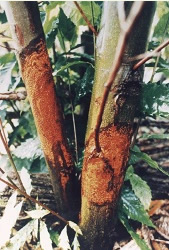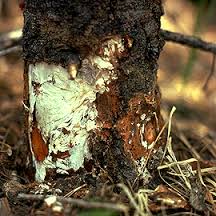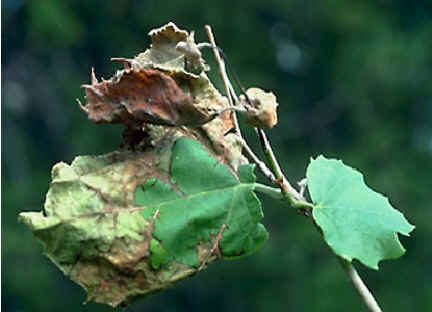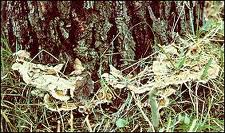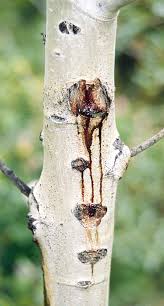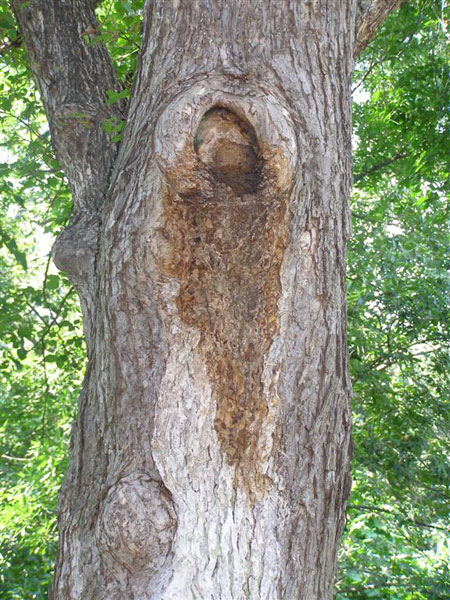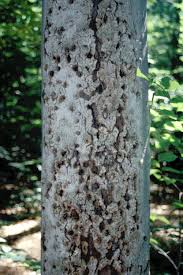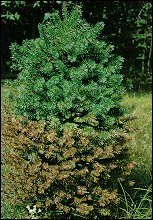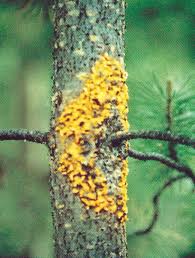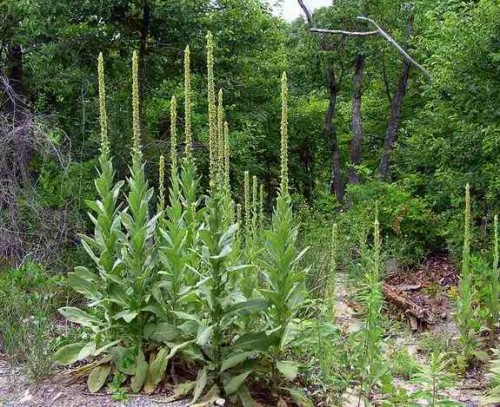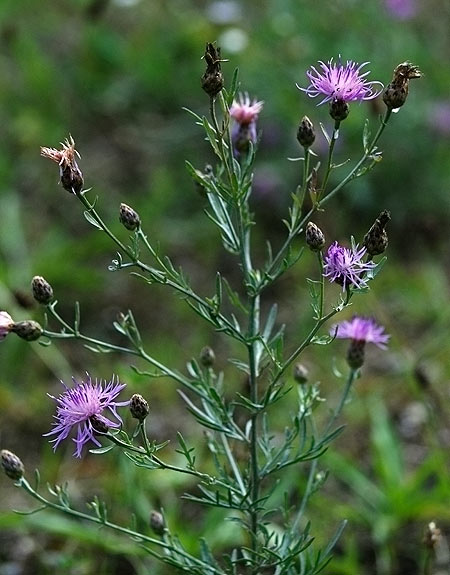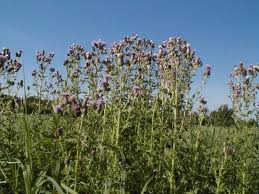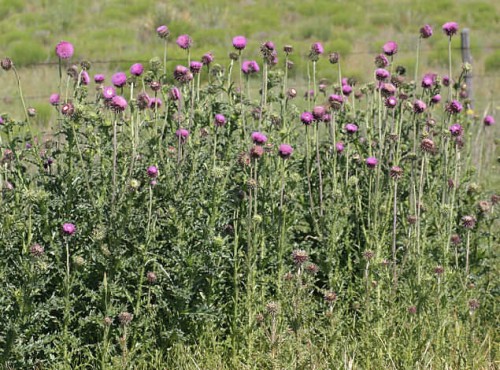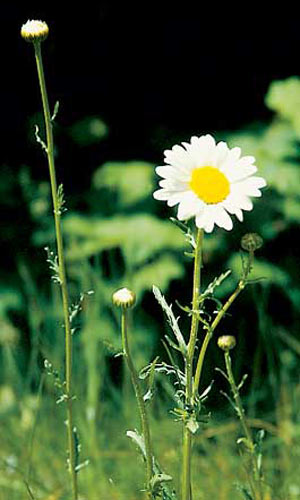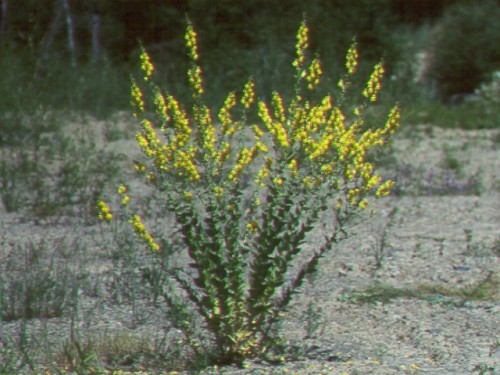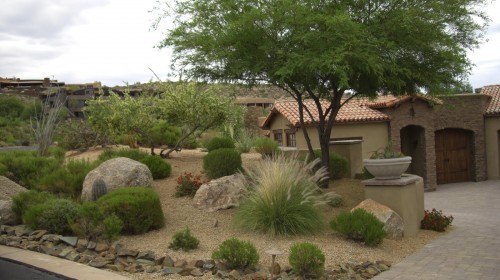Ecological Forestry
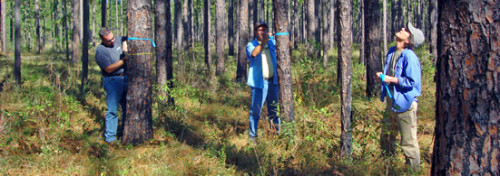
Twenty years since conservationists practically shut down logging operations in the North West, the timber industry and environmentalists have begun to share ideas on ecological forestry. Typically, environmentalists and loggers do not get along or share similar ideals, but in this particular instance in Oregon, the two different groups began to agree on something. What brought these two completely different groups together as one you might ask? The answer is the common goal of protecting the forests in the area through the use of forestry thinning to prevent wildfires in overgrown areas of forests. Foresters and conservationists alike believe in ecological forestry and the benefits it has for the area. This decision to work together has helped changed the economic outlook in John Day, OR as its local sawmills are able to stay open and provide jobs for the surrounding community.
What is Ecological Forestry?
Ecological Forestry is commonly known as the process of practicing good forestry. This embodies three different ideas including: ecological considerations, economic considerations, and social considerations. Ecological considerations consist of soil, water, vegetation, wildlife, ecosystem dynamics, forest health, and restoration. Economic considerations consist of increasing net worth, ecological integrity and legacy for future generations as well as a valuation of ecosystem services. The social aspect involves considerations for landowners, industry and society. Sometimes the term has more to do with intent and perspective than particular practices.
John Day, OR
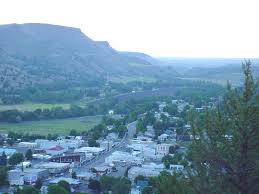
The situation in this small town in Oregon was reaching a standstill in years past between environmentalists and the timber industry. Due to the high number of lawsuits aimed at slowing logging the area, the local saw mill was about to shut down due to lack of available forest products. Mills in other timber country areas have also been shutting down due to high pressure debates on how to effectively log national forests without killing protected species like the spotted owls and salmon. A key shift happened in these debates when environmentalists realized the effect large wildfires have on the forests, and how beneficial forest thinning can be to the environment. After this ideal was in conservationist minds, the area was able to pass forest thinning and restorative projects, which in turn helped save the local saw mill along with adding jobs to the area.
The Future
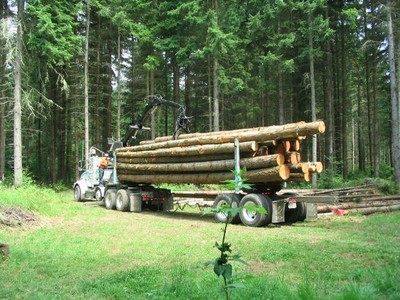
The ties made in John Day are groundbreaking for the forestry world. Using the situation in John Day as an example, the forest service is hoping that more communities can join together to further relations between the timber industry and conservationists. It is extremely beneficial for both sides to start working together for the same goal of ecologically sound forestry. Even with these monumental steps that have been made, there is a lot of progress to be made in the coming future. Remember to call the Tree and Landscape Company for all of your preventative fire wise tree removal needs. Our company specializes in helping residences, businesses and large ranch properties thin timber in order to prepare for wildfires.
Written by Robert Mrdutt

